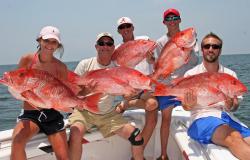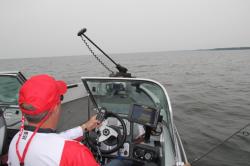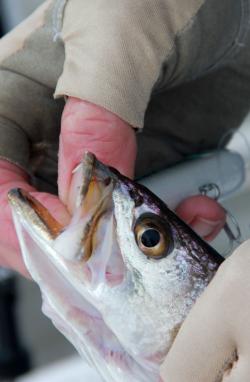One of my favorite ways to beat the hot weather when I was growing up was to go fishing. Weather like we have had the past few weeks always brings back memories of those days, back when we did not start school until after Labor Day and could fish and enjoy life for a full three months during the summer.
From the time I was about 10 until I got my driver’s license at 16 I spent many wonderful summer days at local ponds. I would ride my bicycle to them, often traveling five or six miles to fish. Most of the time one of my friends was with me and we would make a day of our fishing trip.
My bicycle had a huge basket up front, big enough for my Old Pal tackle box. I would hold my Mitchell 300 reel and rod across the handle bars and head off. Usually we packed a lunch, and it mostly consisted of saltine crackers and Vienna Sausage or Ritz crackers and potted meat. Sometimes we carried sardines, but they were not my favorite at that age.
Drinks were a problem. Back in those days cans were unheard of and all drinks came in bottles. We did not have the small ice chests that are so popular now, so we would sometimes wrap our drinks in newspaper to keep it somewhat cool. Most of the time we just took a Mason jar of water along since a hot Coke was not real good, even at that age.
Riding to the ponds would make us very hot but we solved that as soon as we got there. Jeans and tennis shoes were the uniform of the day and as soon as we parked the bikes and got our tackle rigged up we would start wading. Easing around the pond in the shallows, casting ahead of us, we would carefully fish every bit of cover available.
I can still feel the mud oozing around my feet and the cool spots we would sometimes hit. It was amazing how the water would be real warm but suddenly we would find a pocket of cool water. Those were probably springs but we did not realize it then. Those spots were favorites to stand and cast from for a long time, even if nothing hit. We leaned where they were in each of the ponds we fished.
Now I watch a depthfinder on my boat to find underwater stumps, ditches, rocks and other cover and structure. Back then it was more personal. My feet were my depthfinder. Over the summer I would locate stumps, rocks, brush and ditches with my feet then fish them the next time we made a trip to that pond.
We learned to slide our feet along slowly, mainly so we would not disturb the fish, but also so we would not step off into a hole. It was not unusual to wade up to neck deep, especially when crossing a cove or ditch to get to the other side. As often as not we would have to swim some, doing a kind of dog paddle with our feet while holding rods and reels over our heads.
In those days catch and release was unknown, we practiced catch and hot grease. We kept and ate just about everything we caught. A stringer tied onto a belt loop always received bass and bream that hit our lures and we had to be careful wading with some fish following us around. We always worried about snakes trying to come eat our fish, but it never happened. I am sure the snakes were more scared of us than we were of them.
I learned early on not to wade too close to stumps that came above the water in the ponds. They usually had a small bush growing on them, and we were afraid of snakes. But the biggest danger were the wasp nest built on them. It is hard to run from wasps when wading chest deep, and, unlike a snake, they will come after you if you get too close.
When we took a break for lunch our wet clothes provided air conditioning and the ride home on our bicycles was cool and comfortable. There was no air conditioning at home, but there was a mother waiting to make sure we left wet, dirty shoes and jeans at the back door. I always hated to take them off but it helped knowing they would be waiting on me the next day for another fishing trip.




